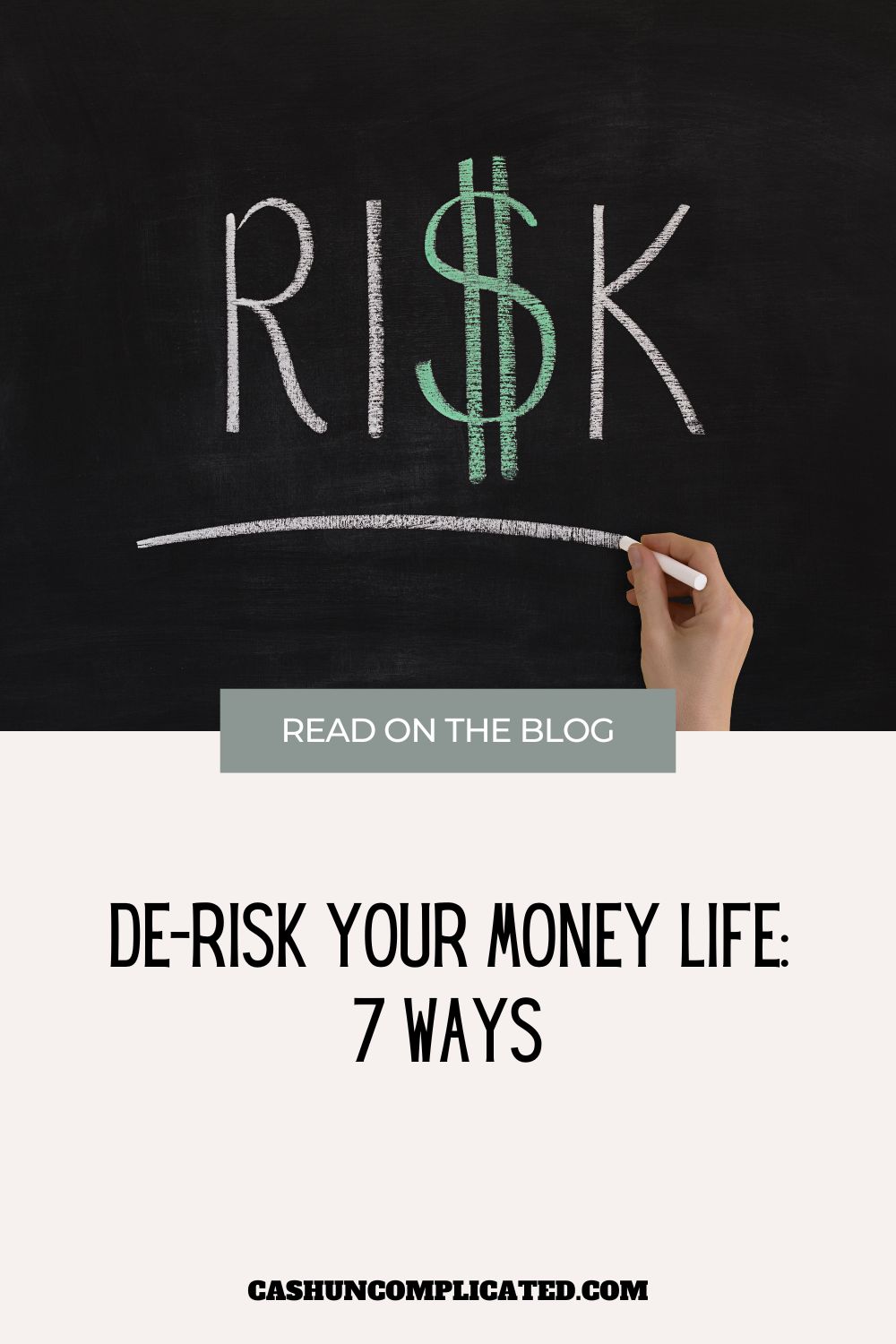You just got the good news that you’re going to make more. So what should you do with that raise? Spend it? Save it? Invest? Upgrade your apartment or car?
Let’s look at some different things you can do with your pay increase to maximize your life. Not just your immediate life, but also plan for your future.
The Type of Raise
For the purposes of this post, it doesn’t matter what kind of work you do. Whether it is a W2 job where you get a scheduled and predictable paycheck, a commission based job where the company increased your splits, or you decided to increase your fees for a business you run.
What To Do With The Raise
There are literally dozens of things you can do with a raise. I’m just going to give five general ideas to keep things simple. For example, I am not going to go through investing 91% versus 90% of the raise because those numbers are too close, but I will go through investing 100% versus 75%.
Where you are in your life is also a huge factor. The 23 year-old who is living cheaply sharing a house with a few buddies should be able to invest almost all of a pay increase while a single parent living check to check will probably use most of the raise to build up an emergency fund and create more margin in their monthly cashflow.
For the purposes of this post, I’m going to assume you already have a fully funded emergency account and don’t need to save more for that.
Number 1: Invest 100%
This is the most financially optimal thing to do with a raise, providing you can find a way to afford it. If you’re living comfortably and well already, investing 100% of a raise will fast track your financial independence.
Number one, you’re investing more money and allowing compounding to occur more rapidly. Number two, you aren’t requiring more money to live, which puts your financial freedom number lower. It’s also avoiding lifestyle creep, which is one of the wealth killers.
If you can swing it, even for a few years, investing 100% of a raise will put you in a tremendous spot. I did it for more than a few years and it put me way ahead of where I would have been otherwise.
Number 2: Invest 75% and Spend 25%
Invest 75% and spend 25%. This is not as financially optimal as the first strategy but it’s still very reasonable and financially responsible. You’re investing most of the money but also leaving a little bit for expenses and/or fun.
This is closer to what I do now that I’m in a better financial spot than I was 10 years ago. It’s still good to invest a large percentage but also leave some for life. This strategy also reduces lifestyle creep because lifestyle is only being slightly raised.
Number 3: Invest 50% and Spend 50%
Next up is the 50/50 split. Still investing a good part of the raise but not nearly as much. I personally prefer to invest more than 50 percent of a raise for the reasons mentioned above, but this will work for many people.
The real dangers I see with this is increasing lifestyle creep at a moderate rate along with falling behind investing. As always, it kind of depends on your current situation if this will work for you.
If you’re already doing fine and on track/reached financial independence, you’re probably fine. But if this is going to put you behind, try investing more.
Number 4: Invest 25% and Spend 75%
This is the point you’re putting yourself at major risk of lifestyle creep. Along with not investing an optimal amount.
Imagine someone who for five years in a row gets a raise of 4 percent. For the sake of even numbers, let’s say they started at $100,000 per year and lived comfortably off that amount. Here are the numbers for the next five years:
- Year 1: $104,000 salary, increase living standard by $3,000, investing $1,000 of raise
- Year 2: $108,160 salary, increase living standard by $3,120, investing $1,040 of raise
- Year 3: $112,486 salary, increase living standard by $3,245, investing $1,082 of raise
- Year 4: $116,985 salary, increase living standard by $3,375, investing $1,125 of raise
- Year 5: $121,664 salary, increase living standard by $3,510, investing $1,170 of raise
- Difference in living standard between year 5 and original $100,000 salary: $16,248
After year 5, this person is spending $16,248 more every single year. That means they now require that amount to live their daily life. Plus it’s money not being invested into their financial freedom fund.
This is the epitome of lifestyle creep. I’m not here to say that’s necessarily bad, but it is a big risk few people think about. In the event of a job loss, company downsizing, etc., there is a new standard of living that must be met.
Number 5: Spend It All! YOLO!
This is lifestyle creep on steroids. Spend 100% of the raise and keep doing it year after year. Doing it this way may work for some people but it’s got a lot of potential dangers if things don’t go exactly to plan.
Things like job loss, a demotion, slow year(s) in the business, a recession, large client that go to another firm, and the list goes on and on. Plus no extra money is being invested when it easily could have been. Making true financial freedom a long way away.
Conclusion
The most financially optimal thing to do with a pay increase is invest the whole thing. That helps move faster towards financial freedom and cuts down risk of lifestyle creep. Compounding will happen more rapidly as well.
Life isn’t about financial optimization though. It’s a factor, but not the only factor. There’s also the now, and what you want and need to live the best life while you’re healthy, have young kids, at a time and place where you want to do certain things, etc.
It’s up to you to find the balance between the now and your financial future, and let that drive what you want to do with your pay increases.
How do you allocate your pay increases? Do you have a formula or does it depend on your current situation?







